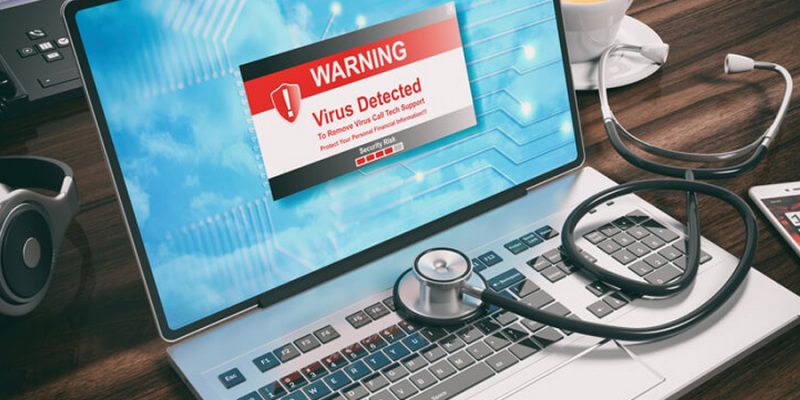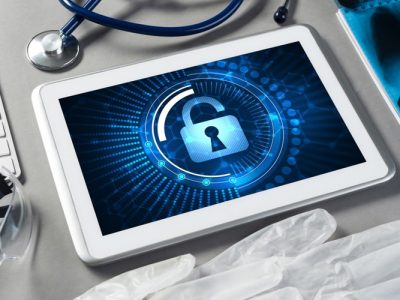
Cyberattacks in Healthcare are increasing rapidly, and here are 10 reasons why it is the biggest target
Online attacks are becoming more common in businesses, posing a threat to day-to-day operations and compromising personal patient information. Healthcare executives are effectively making cybersecurity investments. However, with new threats emerging every day, it’s impossible to tell where an organization’s budget should be spent.
According to Cybersecurity Ventures, the US$1.2 trillion healthcare business would be subjected to two to three times more cyberattacks in the upcoming years than the average for other industries. The sharp rise in attacks jeopardizes both patient safety and public confidence in the healthcare system. However, the topic of why hacks occur in hospitals and healthcare centers remains unanswered. One of the many reasons healthcare is currently the most targeted for internet attacks is the high demand for patient information and often-outdated systems.
Patient Health Information is very valuable to cyber-attackers:
A staggering amount of patient data is stored at hospitals. Hackers can easily sell sensitive information worth a lot of money, making the business a major target. Such organizations have a responsibility to safeguard the personal information of their patients. With GDPR going into effect this year, it’s more crucial than ever for hospitals to keep their data safe. Financial penalties – whether it fines for not complying with GDPR or paying to recover data from cyberattacks – are real, and they’re a scary concept for a healthcare industry that’s already trying to keep up with day-to-day job demands.
Handsome financial resources of the industry:
The financial resources of healthcare institutions are another reason why they are a gold mine for cybercriminals. Hospitals and clinics in privatized healthcare networks frequently have significant financial resources to pay ransomware, for example. In the public sector, the scenario can be completely different; due to a lack of financial resources, hospitals and clinics are forced to rely on outdated technology that is vulnerable to attack.
Medical Devices are easier targets:
There aren’t many drawbacks to healthcare technology advancements and devices these days. Medical devices are made for a specific function, such as monitoring heart rates or distributing medications. They aren’t built with safety in mind. Although the devices themselves may not contain the sensitive medical information sought by attackers, they can be utilized to initiate an assault on a server that does. A medical gadget might be entirely taken over by hackers in the worst-case scenario, prohibiting healthcare organizations from providing essential life-saving therapy to patients.
Remote data access leads to increased cyberattack risks
Remotely connecting to a network from new devices is problematic since not all devices are secure. Furthermore, healthcare workers aren’t always trained in cybersecurity best practices. It’s critical that infected devices don’t gain network access, as even a single hacked device can expose an entire organization.
Negligence in introducing new technology due to convenience
Healthcare professionals are among the busiest and most sought-after in the country. They work long hours and under pressure, therefore they don’t have the time or resources to add internet security protocols to their to-do list or newer enhanced technology which would take time to learn as they require efficient working methods with fewer distractions. Therefore, they are lenient in introducing advanced technology which can better prevent cyber threats and attacks.
Staffs of Healthcare are not adequately trained and educated in cyber risks and security
Medical experts are prepared to deal with a wide range of situations, but internet risks are not on their list. Due to budget, resources, and time restrictions, all healthcare personnel cannot be proficient in cybersecurity best practices.
Numerable devices, complex networks, and data hinders constant scrutiny
Massive volumes of patient data, as well as a vast network of connected medical devices, are the responsibility of modern healthcare organizations. Larger organizations may have to cope with millions of medical devices, each of which is connected to their network and poses a hazard to attackers. If just one device is hacked, the entire network is vulnerable to data breaches and medical device hacking.
Increment of obsolete technologies
Due to limited finances and a reluctance to learn new methods, most medical technology has become outdated. If these are not frequently updated, the software would be bugged and more prone to cyber-attacks and are not up to date to fight these.
Easy and open access of the Healthcare Information
The staff has to have access to confidential patient data on many devices, both on-site and remotely. Because the medical business is so fast-paced, employees need to be able to transmit information quickly – there’s no time to think about the vulnerabilities of the equipment they’re using. The concern among IT and healthcare professionals is that the gadgets used to communicate information may not always be secure, making them vulnerable to hacking and attacks.
Less budget of Small Healthcare Industries
Security expenses are lower in smaller businesses. Smaller businesses are generally considered as an easy target, as well as a backdoor-access chance to target larger firms, due to their less complex and outdated cybersecurity solutions.



















